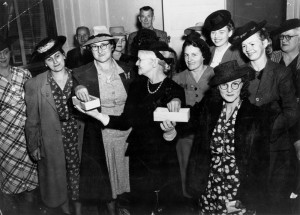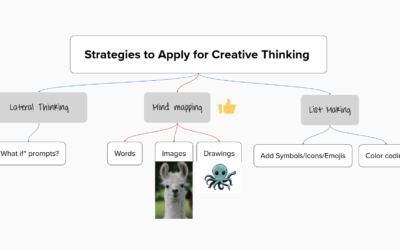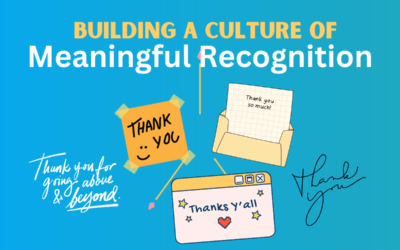 The power of networks can accomplish amazing things. The internet, for example, is just what the name implies – a huge interconnected network. Any single web server is very interesting, but the power of all them interoperating is staggering. Networks need not be restricted to just LinkedIn or computers. Networks can be people who care about a cause.
The power of networks can accomplish amazing things. The internet, for example, is just what the name implies – a huge interconnected network. Any single web server is very interesting, but the power of all them interoperating is staggering. Networks need not be restricted to just LinkedIn or computers. Networks can be people who care about a cause.
Personal networks used to be locked-away in address books or rolodexes. Accessing many people in a network when each one required a hand-written letter or a phone call would be time-consuming and that barrier to entry kept the tool unused in many circumstances. Email address books and social media accounts have freed the value of the personal network from time constraints. It’s nearly as easy to email 100 people as it is to email one, and it is actually easier to share a Facebook message with your entire network than it is to limit it to a smaller group.
All of this changes the nature of the game when activating the power of crowds to fund a new need or program for a charity. Many crowdfunding efforts try a one-to-many approach to reach supporters. The nonprofit sends emails, posts to social media, and generally does all the work to solicit donors. This can activate some hard-core supporters, but will miss folks the nonprofit hasn’t yet met. Recruiting your current supporters as team leaders for your crowdfunding campaign gives you a different connection to new audiences. Not to mention their email or social post is much more likely to get read. Even good mass-email campaigns aren’t opened by over half their intended recipients. Facebook and other social channels are far worse in actually getting your message to donors, at least without paying the “postage” to deliver them.
A personal message from your team leader to their own contacts, however, has a much better shot of being seen – and acted upon. The message won’t (as easily) be shunted into a “promotions” tab or other filter coming from a person rather than an organizational address. Your team leaders can provide a unique volunteer service by sending messages to their contacts, but like any other volunteer work, training early and with multiple channels (guidebooks, video, in-person classes) will help them succeed. It can seem intimidating to use some of the customized technology tools which make team-based crowdfunding efforts succeed, so time and attention to your volunteer team training is important.
Recruiting your team leaders (who in turn will recruit donors) also takes planning. People of affluence (read: people with money) are helpful, but people of influence (read: people with lots of connections) matter just as much. More information about this is available in the Next in Nonprofits crowdfunding white paper. Nonprofits are also invited to attend the HandsOn Twin Cities Summit on August 7. The Next in Nonprofits session at that event will focus on using volunteer team leaders to ensure your crowdfunding success.

 Your Guide to Asking the Right Questions
Your Guide to Asking the Right Questions

Comments are closed.